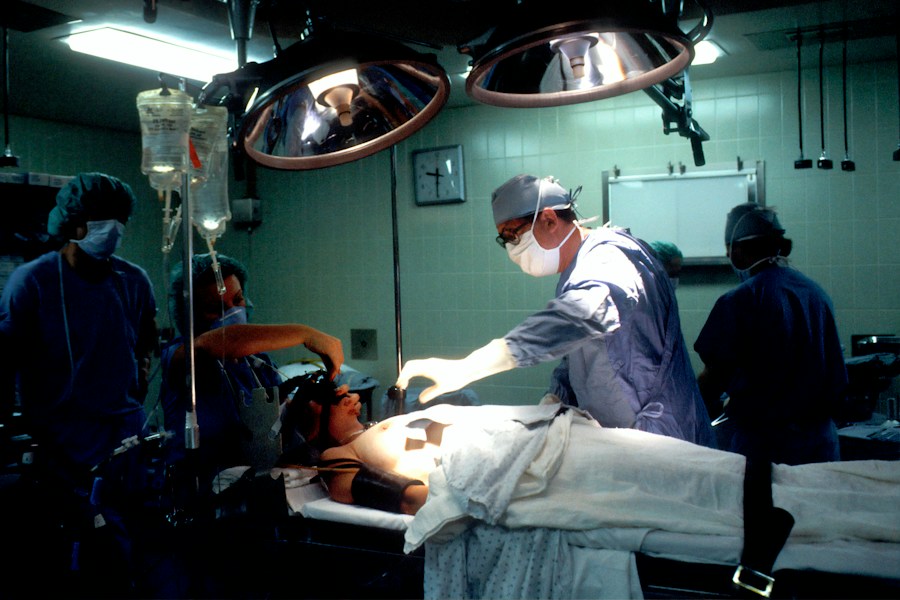The gut-brain connection refers to the bidirectional communication between the gut and the brain. It is a complex network of nerves, hormones, and chemicals that allows the gut and the brain to communicate with each other. This connection is crucial for maintaining overall health, including mental health. The gut plays a vital role in our […]
Read MoreThe Future of Cancer Treatment: Targeted Therapies and Their Promise
Cancer continues to be a leading cause of death worldwide, with millions of lives affected by this devastating disease each year. While traditional chemotherapy has been the mainstay of cancer treatment for decades, it often comes with significant side effects and limited efficacy. As a result, there is a pressing need for new approaches that […]
Read MoreFrom Anxiety to Empowerment: How Apps are Changing the Game for Mental Health
Mental health is a pressing issue that affects millions of people worldwide. According to the World Health Organization, one in four people will experience a mental health condition at some point in their lives. Despite the prevalence of mental health issues, access to effective treatment and support remains a challenge for many individuals. This has […]
Read MoreBreaking the Stigma: How Psychedelics are Revolutionizing Mental Health Treatment
Psychedelics have long been associated with counterculture movements, recreational drug use, and a general negative perception in society. This stigma has hindered the exploration of their potential therapeutic benefits in mental health treatment. Despite the growing body of research showing promising results, the negative perception surrounding psychedelics continues to impact access to these potentially life-changing […]
Read MoreThe Gene Editing Revolution: A New Era in Healthcare
Gene editing is a revolutionary technology that allows scientists to make precise changes to an organism’s DNA. It involves the modification of specific genes, either by adding, deleting, or altering their sequences. This technology has the potential to transform healthcare by providing new treatments for genetic disorders, cancer, infectious diseases, and organ transplantation. Gene editing […]
Read More



